Cisco Gold Partner: 8 Big Tech Bets We’re Making In 2020 To ‘Move The Needle’
Aqueduct Technologies CEO Manak Ahluwalia tells CRN where his fast-growing company will be investing in next year to drive profitability.

Aqueduct Technologies’ Bets In 2020 To Drive Sales
Aqueduct Technologies is one of the fastest-growing solution providers in America and is poised to “move the needle” even further in 2020 with some big strategic bets, says CEO and founder Manak Ahluwalia.
“There are several major areas that I think are going to move the needle for us next year from a growth perspective,” said Ahluwalia, whose company ranks No. 324 on CRN’s Solution Provider 500 list. “I’m expecting a great year for us in 2020 with a focus on cloud collaboration, SD-WAN and a significant uptick in the amount of migrations that we do from traditional on-premise platforms to the cloud.”
This year, the Waltham, Mass.-based company made CRN’s Tech Elite 250, the Fast Growth 150, which ranks the fastest-growing solution providers, and CRN’s prestigious Triple Crown award for the third year in a row. Aqueduct is one of Cisco’s top partners, winning the Cisco Partner of the Year for Outstanding Customer Satisfaction award in 2019 as well as Cisco’s U.S. East Regional Partner of the Year in 2018. The company serves nearly 300 customers in New England with a highly trained and expanding workforce specializing in networking, advanced security, data center and collaboration.
Here are eight strategic bets Ahluwalia is making in 2020 to drive revenues to the next level.
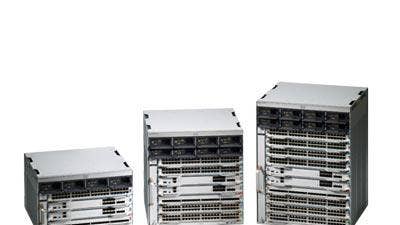
Adding Cisco Solutions On Top Of Catalyst 9000’s
The Catalyst 9000’s [networking platforms] have been a significant success story for Cisco over the last 12 to 24 months. I think next year is the time to really layer on some of the more advanced DNA Center or some of Cisco’s advanced security platforms on top of it. We’re really helping companies now unlock a lot of the value they have and the investments they’ve purchased over the last year or two. I would say that the Catalyst 9K’s have become the de facto standard. I don’t have many customers buying anything that’s not a Catalyst 9K variant. Cisco’s done a tremendous job in making sure that customers are not going to buy the legacy [Catalyst] 2900’s and 3800’s and 4500’s – they’ve been directionally moving all their customers to this specific route. It looks like that’s become what we’re leading and going to market with.
You have customers that have said, ‘Listen, I just need to do a natural transition from what I have into the new version of these platforms.’ In those cases, they’re setting up the Catalyst 9K’s very similar to the way they would have set up their legacy environment. Outside of that, you have customers that said, ‘Look, the reason we’re doing this is we want to get to more of a software-defined policy management platform and we want to get things like DNA Center locked and loaded so that we can get away from complex custom configurations and move towards more of a dynamic policy-driven type of platform.’ That has been, in some cases, costly and prohibited for customers to buy completely entire new propositions. So Cisco’s done a good job in seeding some appliances specifically for that. They recently announced that they’re going to be providing a cloud plug-in option which may drive some of that growth in companies who are holding back a little because of cost or complexity. Once you have all of that done, getting advanced security layered on top it -- things like Cisco ISE and Stealthwatch – are all possibilities.
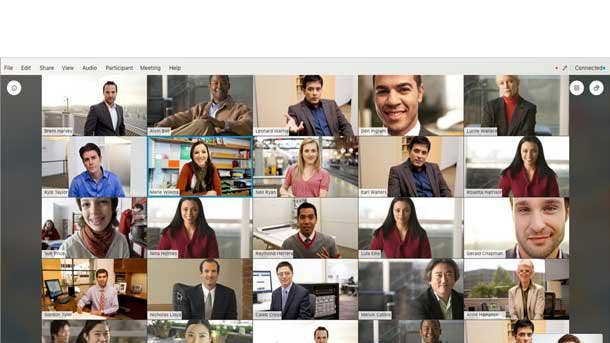
Cloud Collaboration Migration Services
Many customers would like to get out of managing all the infrastructure they’ve acquired to have an end-to-end collaboration platform, and move to more of an end-to-end cloud solution. The problem is, many of them don’t know how to take what they currently own and how to migrate it. So they do not understand how the feature sets have changed. They’re not sure of their current state in how to manage and migrate those configurations to the cloud. They’re not sure what they can reuse within their overall environment. So that’s one big place where we are really helping them to understand is to get how to from point ‘A’ to point ‘B’. In many cases, there’s not a single solution that they’re migrating too. So a lot of times we’re also working with them to show them how to integrate in Microsoft, for example, into the equation or some third-party platform. There’s a lot of pieces that are getting pulled into it. That’s one area where we have the expertise and a lot of customers are gravitating towards that.
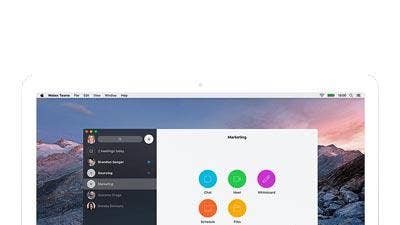
‘Amplifying’ Audio And Video Practice
Another big bet in collaboration is all around the power of these new systems that are available. Every room now is video-enabled. Every room is personal assistant-enabled. The price points have come way down over the last few years. So video is becoming a lot more ubiquitous on a desktop or mobile device and in conference rooms and even the huddle rooms. Many organizations are now challenged with, ‘How do I tie this into my Office 365 or my WebEx or my Zoom? What are the right end points for me? What is the user experience that I want?’ We’re spending a lot of time in really amplifying our audio-video practice to bring this capability to customers.
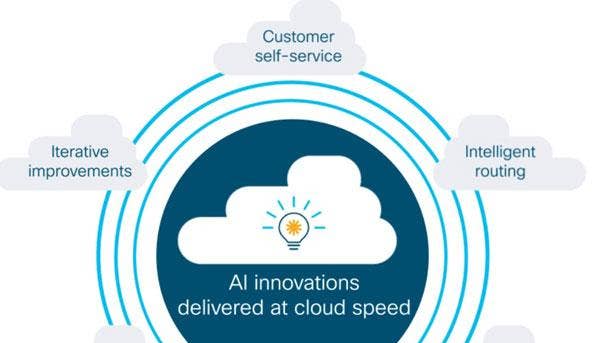
Companies Are Buying Into Cloud Contact Centers
Another investment for collaboration in 2020 is in the contact center market. There’s so much business process improvements that companies can make with cloud contact centers. There’s so many new ways they can touch a customer to improve that customer’s overall experience, their agility and change the pace of their business – it’s all so much better to do in a cloud platform. We’re finding that many, many companies are buying into cloud contact centers very quickly.
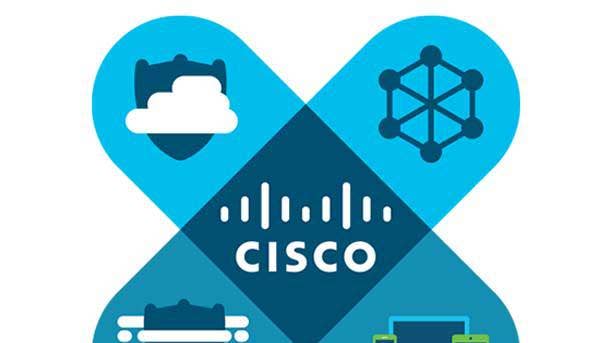
Cisco SD-WAN As-A-Service And Unified Communications As-A-Service
There’s two Cisco as-a-Service’s that we are investing in that I think is going to be high growth areas for us in 2020, that is around our SD-WAN as-a-Service offering for our customers. With SD-WAN as-a-Service, customers can get all the SD-WAN features and functions they’re looking for in a monthly opex model. We can either bring the carrier into that equation or they can leave their own carriers intact. We think that’s going to be a pretty significant growth opportunity for us and one that customers are really telling us that they like. The second one is providing a Unified Communications as-a-Service platform for customers as well, which is inclusive of their entire suite of platforms that includes callings, meetings, video and group collaboration. We’re excited about those two from as-a-Service perspective. These monthly opex as-a-Service models are the future for a lot of our customers in 2020.
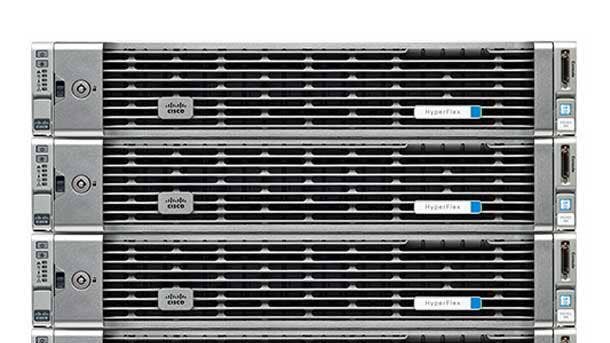
Hyperconverged Secondary Storage/Data Management Platforms
Hyperconvergence for your primary or for your backup and recovery is here. That tends to be high growth areas for us. Where we’ve really seen explosive growth for us has been the hyperconverged secondary storage, or as it’s called now, data management platforms – the Rubrik’s and Cohesity’s of the world. It really lends to that backup and recovery, which traditionally has been highly ineffective and cumbersome or difficult to manage – and in many cases, it’s been more of an insurance policy rather than a value for many of our customers. The ease of use, the simplicity of deployment, new capabilities, the visibility, the analytics and advance security that you get out of these platforms has just made the transition to hyperconverged almost a no-brainer. Companies are looking for us to do almost everything to help them -- from setting it up and migrating them from their current state to their new state, to once it’s in the new state, leveraging the public cloud for potentially an archive or for a long-term storage perspective. How do you recover data once it’s on those platforms? Then once that warm and cold data is sitting on that type of repository, how do customer leverage it as a big data analytics platform for themselves. How do they go in there and scan it to determine if any malware is on their data platform. So we’re seeing a lot there.
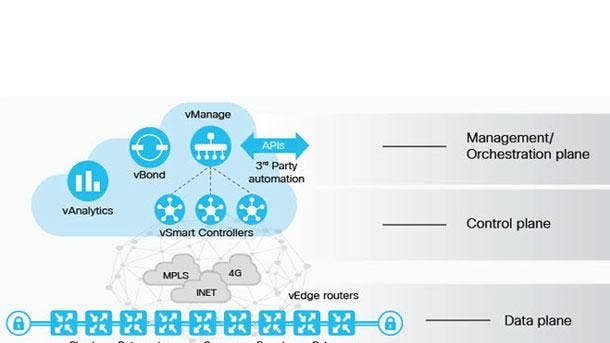
SD-WAN Is ‘Massive’ Opportunity In 2020
On the networking side, SD-WAN -- by far -- is continuing to be a massive, massive transformational and growth story for us. In almost every case, customers see the value and the benefit that SD-WAN is going to bring to them. However, they’re waiting for certain compelling events – such as either deprecated hardware or that the carrier circuits need to be refreshed or reconstructed. It’s all about aligning the timing to their move to this SD-WAN platform. Nearly all of the businesses I’ve talked to have said, ‘SD-WAN, yes, that’s somewhere in my strategic roadmap in what I want to get done.’ There’s definitely a play there for almost every company. It’s been a huge growth driver for us and will continue to be in 2020.
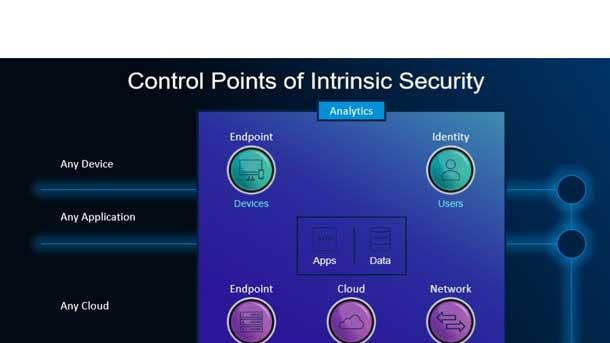
Investments In Security as-a-Service; VMware Security
Every customer is still evolving their security strategy. They’re adding more technologies, they’re adding more anomaly detection, they’re adding more systems that can tie worlds together and there’s a big push for people getting more SOC (Security Operations Centers) as-a-service or Security as-a-Service offerings, those are areas we’re making major investments in. … We’re seeing VMware pivoting to be more of a security company as well. In that function, we’re trying to figure out exactly where and how we’re going to take them to market. They’re software-defined data center strategy is pretty interesting to us.